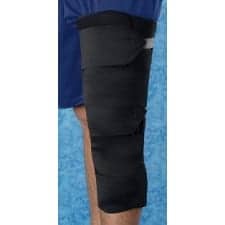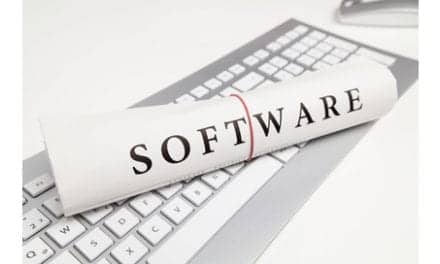
Via the wearable M-Mark System in development, stroke patients practicing everyday tasks at home will be able to receive immediate feedback about their muscle movement and strength. This information will then be able to help patients review their progress and help therapists tailor their rehabilitation program. (Photo courtesy of University of Southampton)
Scientists from the University of Southampton are developing what they suggest is a wearable technology to help stroke patients recover the use of their arm(s) and hand(s).
The 2-year project to develop the sleeve and the technology is being led by Jane Burridge, PhD, a professor of restorative neuroscience at Southampton University. She and her team are planning to create a wireless sleeve that will provide therapists with information about muscle movement and strength while patients practice everyday tasks at home, explains a media release from University of Southampton.
After hospital discharge poststroke, some patients may struggle to carry out rehabilitative exercises and may question whether what they are doing is correct, notes Burridge in the release.
“Similarly therapists don’t have objective measurements about their patients’ muscle activity or ability to move. Rehabilitation technologies like our sleeve will address problems faced by both patients and therapists,” Burridge adds.
The wearable technology being developed will incorporate mechanomyography (MMG) microphone-like sensors that detect the vibration of a muscle when it contracts, and inertial measurement units (IMU), comprising tri-axial accelerometers, gyroscopes, and magnetometers that detect movement. Data from the two types of sensors will be combined, and then data that is not needed—for example, outside noise—will then be removed from the muscle signal, the release explains.
Patient feedback will be presented on a computer interface as a representation of their movement so that they can view their progress.
Using different software and user-interfaces, the sleeve/computer combination will also provide therapists with information to help them diagnose specific movement problems, inform their clinical decision-making, and monitor progression of therapy, the release adds.
“We hope that our sleeve will help stroke patients regain the use of their arm and hand, reduce time spent with therapists, and allow them to have the recommended 45 minutes daily therapy more flexibly,” Burridge says in the release.
“It will also be used to assess patients’ problems accurately as well as more cheaply and practically, than using laboratory-based technologies,” she adds.
[Source(s): University of Southampton, Science Daily]





